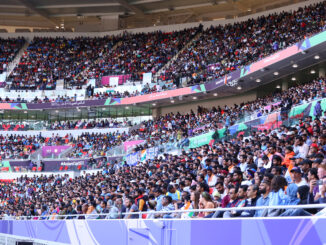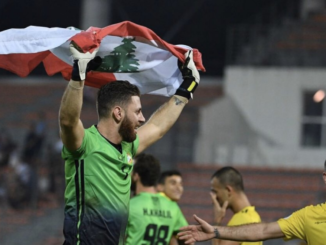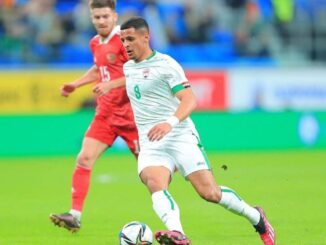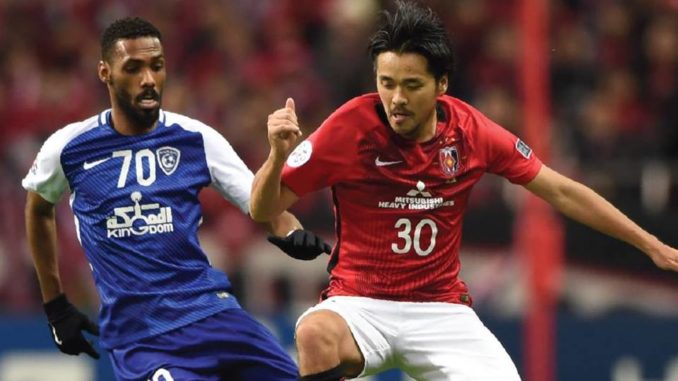
It’s often said the sequel is never as good as the original, but this year’s AFC Champions League final will hopefully buck that trend.
The original, in 2017, saw two of Asia’s biggest and best supported clubs – Japan’s Urawa Reds and Saudi Arabia’s Al Hilal – square off in what should have been an AFC Champions League final for the age. Instead, if we’re honest, it fell a little flat.
It’s perhaps no surprise that the last truly great AFC Champions League final came in 2013 when Guangzhou Evergrande and FC Seoul went toe-to-toe across two breathtaking legs that saw Guangzhou win their maiden continental title.
It was also the last year of an open draw before the AFC changed the format of the competition to ensure East and West only met in the final, and on every occasion since East has come out on top.
That split has seen less diversity in style, to the detriment of the entire competition, especially given the vastly differing styles from one side of the continent to the other.
It’s that which should make the AFC Champions League so unique, the blending and matching of differing styles and philosophies. It should be about uniting an already disparate continent, not dividing it even further. But with the current format keeping East and West separate until the final, we all lose out.
Gulf football is vastly different in style to that in Japan, as Al Hilal found out all too well in 2017, when they came up against a side more systematic and structured than they’re used to facing in either the Saudi Pro League or the western half of the AFC Champions League.
Perhaps if they were exposed to that style of play more in the knockout rounds of the competition, they’d be in a better place coming into the final, but once again it remains the biggest stumbling block between them and ultimate success.
It’s been the case in almost every final since 2014.
Al Hilal are no doubt one of the strongest teams in Asia, but their style contrasts heavily with that of Urawa Reds. They rely a lot on individual quality to win the day, and to be fair it’s a squad that does contains a lot of individual quality with the likes of Bafétimbi Gomis, Sebastian Giovinco, André Carrillo, and Salem Al-Dawsari.
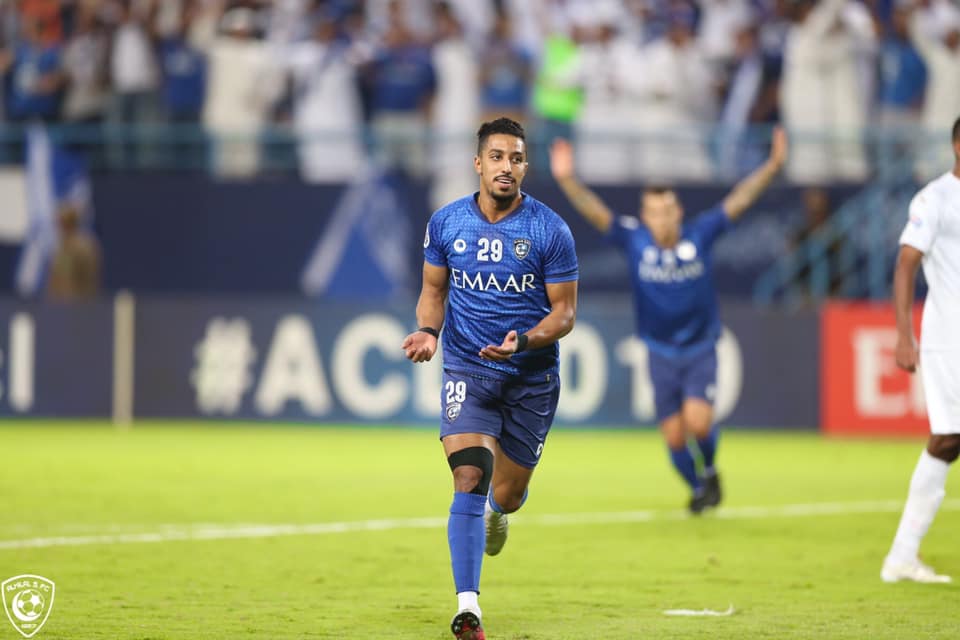
While they do have a system in place, they are at their best when they play more ‘freestyle’ and throw caution to the wind, which does, however, leave them exposed.
Urawa, on the other hand, don’t rely on the individual. That’s not to say they don’t have quality individuals, they do, but they are more than just the sum of their parts.
Their system and structure is what stands them in such good stead, even against more fancied opposition, as was the case in the semi final against Guangzhou Evergrande.
In fact, that match is a good precursor of what to expect this year’s final.
Like Al Hilal, Guangzhou rely heavily on their individuals and play a less structured style of game than Urawa. They too are a ‘freestyle’ kind of side. But pit them against a team as well drilled and well structured as Urawa and they meet their kryptonite.
That contrast in style will be one of the keys to deciding this year’s final.
Can Al Hilal find a way to penetrate and force Urawa to lose shape and structure, which Guangzhou did at times but couldn’t capitalise on, or will Urawa control the game and grind Al Hilal into submission?
Key Battles
There is quality across the park for both teams, but there are a number of key battles that will determine the fate of this year’s title.
Gomis is the number one scoring threat for Al Hilal, having scored ten of his side’s 23 goals in this campaign. A typical penalty box predator, the Frenchman thrives on lax marking and makes the most of any space afforded to him.
His battle with Urawa’s Tomoaki Makino will be enthralling. The 32-year-old defender has played almost every minute of Reds’ campaign this year and has won more aerial duels (48) and made more clearances (45) than any other player this year.
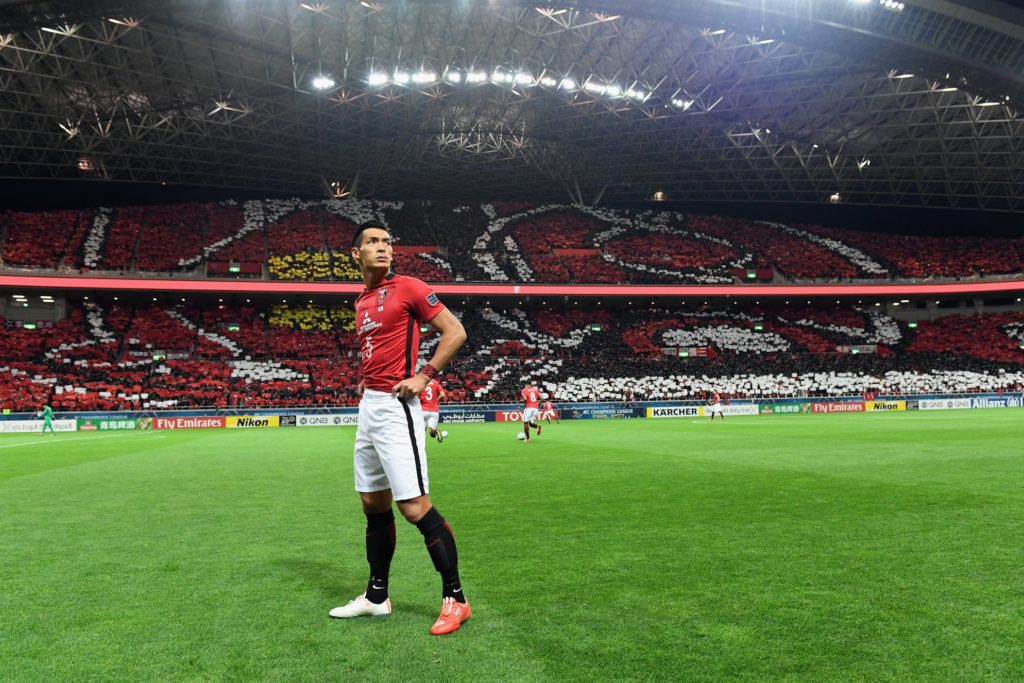
His work at the heart of the defence has made Urawa hard to penetrate this year, conceding only nine goals in 12 games this year. It’s the fewest number of goals conceded on the road to the final since Al Hilal conceded the same number in 2014.
By contrast, Al Hilal has conceded 14 times – the same number as Urawa conceded on their way to the 2017 final.
Elsewhere, one of the revelations for Urawa this season has been wing/full-back Daiki Hashioka. The 20-year-old wasn’t around for their success two seasons ago, but over the last 24 months has established himself as a key fixture in this side, albeit he missed a chunk of this season through injury.
His job containing Oscar in Urawa’s quarter final win over Shanghai SIPG will no doubt rank highly as a career highlight, and given Al Hilal’s desire to use the flanks when attacking, both he and Takahiro Sekine – who only returned to Urawa after a spell in Europe mid-way through this year – will be crucial in nullifying the likes of Al-Dawsari and Carrillo.
For mine, the most important players for Al Hilal, however, are those that line up in central midfield – Salman Al-Faraj and either Abdullah Otayf or Mohamed Kanno.
All three are Saudi national team stars that possess the necessary technical quality to control the game, with their range of passing key to opening up Urawa’s defence. While Urawa tend to defend as a unit, the same can’t always be said of Al Hilal, so their role in screening the back four and breaking up play will be crucial.
Al-Faraj, in particular, likes to get forward and link up with the attack but he’ll need to be mindful of his defensive duties going the other way. He can’t be too gung-ho otherwise he’ll leave his defence exposed. He’ll need to pick his moments to get forward and pick them wisely.
Home Advantage
As was the case in 2017, Al Hilal play the first leg at home, and in the history of the AFC Champions League it is the first leg that decides the result.
In every year since 2005, the team that gets the result in the first leg goes on to win the title. By that I mean, if the home team in the first leg gets the win, they win the title. If the away team gets the win, or even a draw, they go on to win the title.
In 2017 they failed to make the most of their dominance, and ceded the advantage to Urawa after a 1-1 draw. They cannot afford to make the same mistake.
At a minimum they need to take a lead into the second leg at Saitama, as history suggests they can’t win without it, but what they will be hoping for most is not conceding an away goal. The moment they concede an away goal, the advantage tips in favour of Urawa.
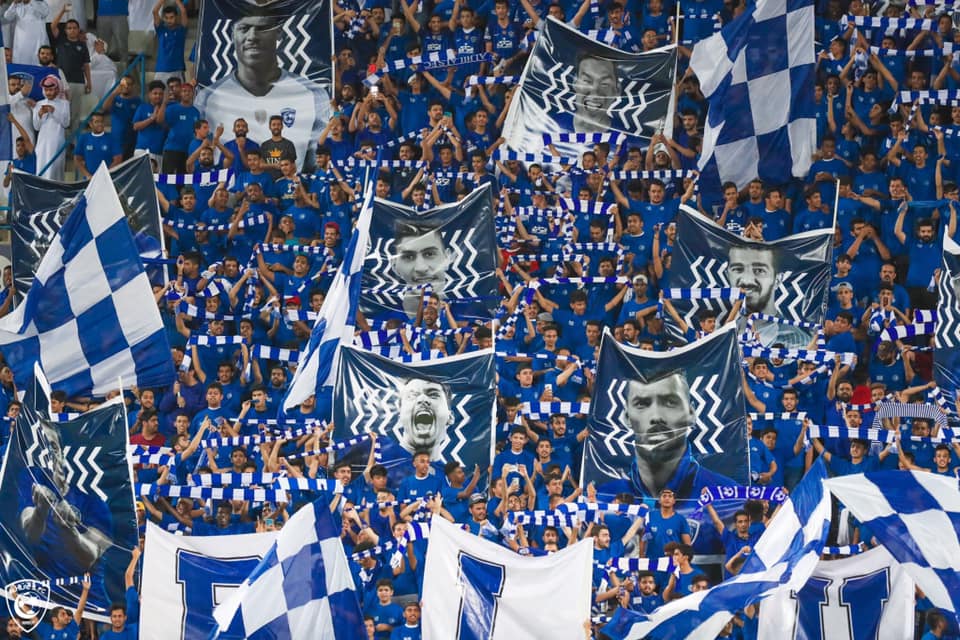
They’ll need to finely balance defence and attack. They cannot afford to concede, but they absolutely need to score two or three at the other end and capitalise on their home advantage.
Unlike their previous finals in 2014 and 2017, this final won’t be played at the King Fahd International Stadium. Instead, the more intimate King Saud University Stadium, nicknamed the ‘Ocean of Fear’ by their fans and with a capacity of just 25,000, will play host.
Traveling to Riyadh can be an intimidating experience and their fans will need to be at their intimidating best if they are to unsettle the visitors. Urawa were unfazed when they made the trip in 2017, and with almost the entirely same squad, that experience in 2017 will hold them in good stead.
The one thing we know this final will deliver before a ball has even been kicked is two spectacles befitting the occasion.
The atmosphere inside the King Saud University Stadium will be as good as anywhere in world this weekend, especially if Al Hilal get the win, and that will be matched in a fortnight when Urawa host the second leg at Saitama Stadium.
Some of the most iconic visuals from past AFC Champions League finals have come from Saitama Stadium. Who will ever forget the full stadium tifos from both 2007 and 2017?
Al Hilal have produced some spectacular tifos in the past too, so we are in for an almighty show off-the-pitch if nothing else.
This is the moment Al Hilal has been working towards since they last were crowned Kings of Asia back in 2000. Having fallen short in 2014 and 2017, they will be hoping it’s third time lucky for them.
But to do so they have to get past one of the best performing sides in the AFC Champions League. Their domestic form might leave a lot to be desired, but in Asia Urawa know how to get the job done.
Whoever wins though, let’s hope in the aftermath we’re all talking about one of the great AFC Champions League finals.
Photos: AFC Champions League & Al Hilal Facebook
Listen to our AFC Champions League preview with Wael Jabir and Michael Church on Episode 45 of The Asian Game podcast.


